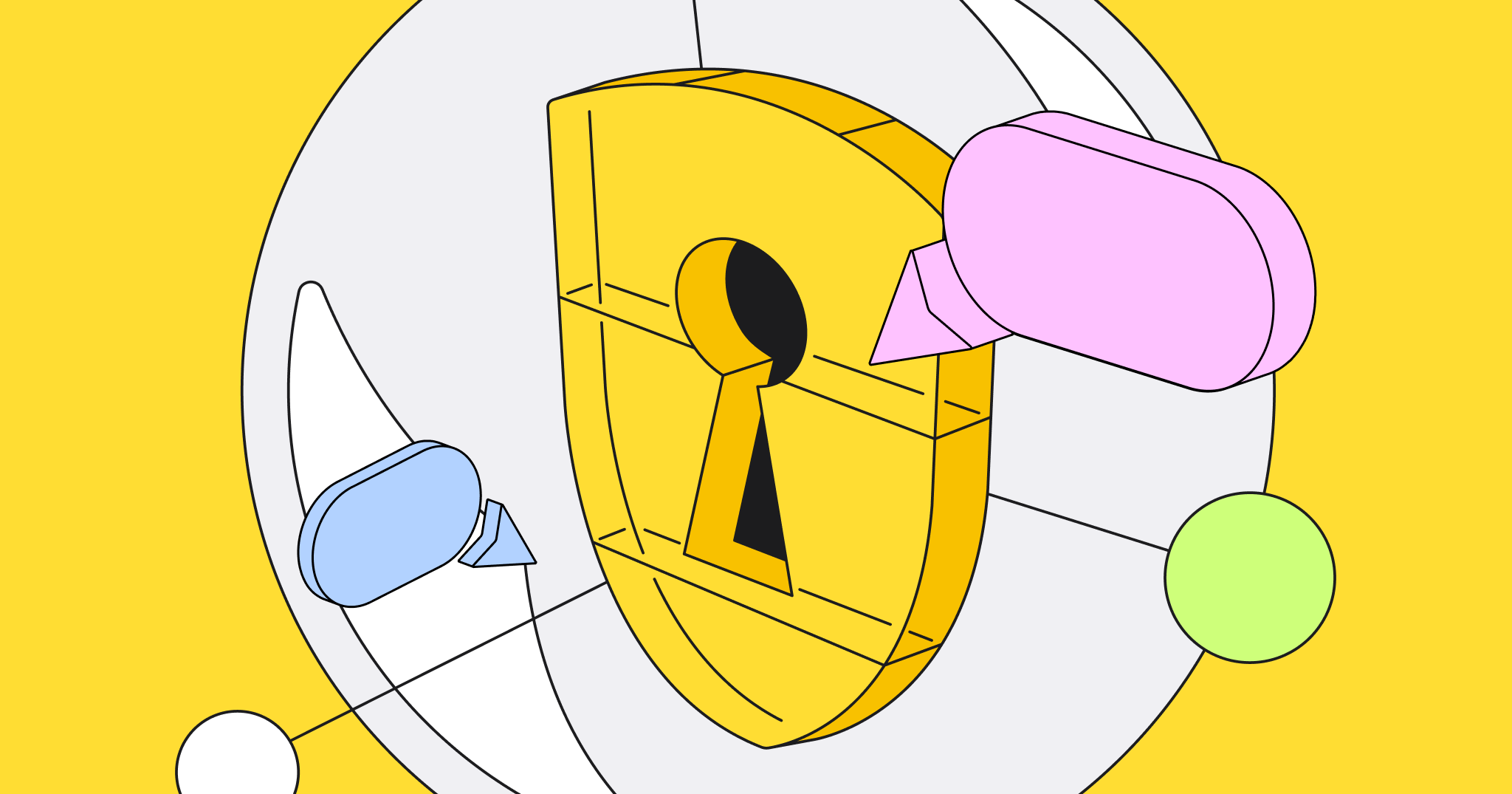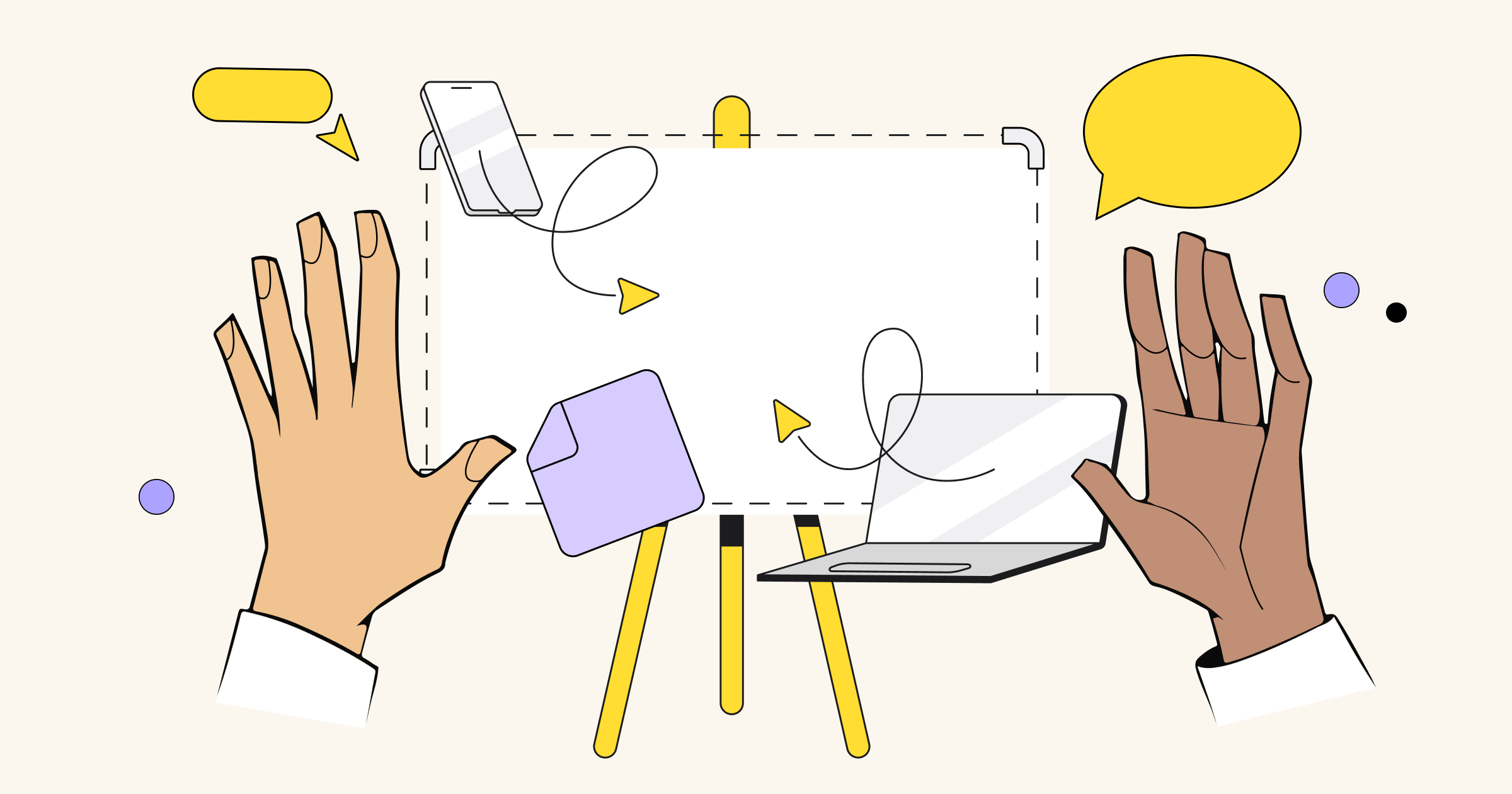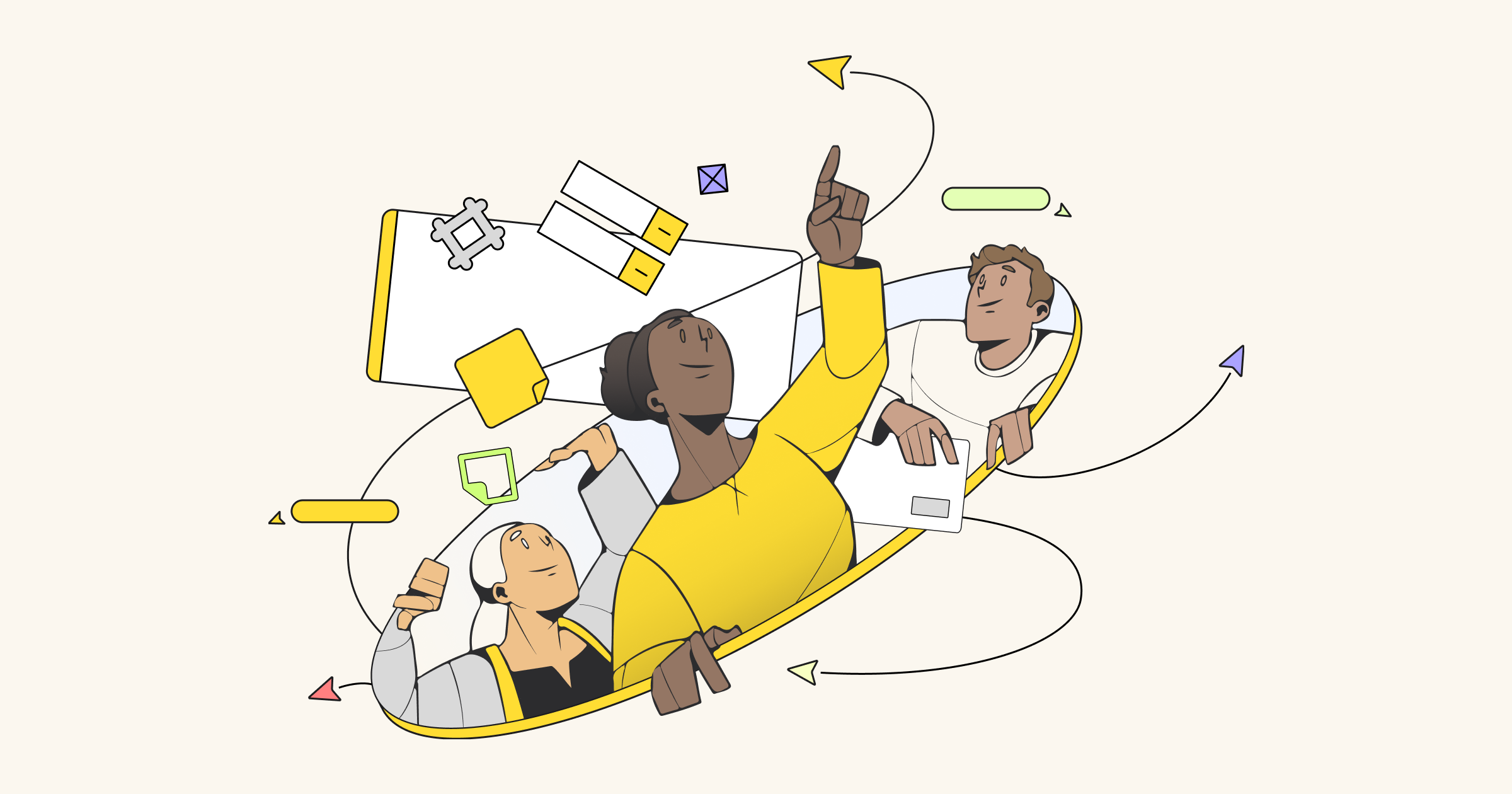Creativity can be scary. Team members worry about being judged for an idea that is too out there, or they might be nervous about trying and failing. This temptation to stick with tried-and-true approaches is kryptonite for creative thinking — and it’s not just in your head. In fact, 85% of CEOs believe fear stands in the way of their company’s ability to innovate. But why?
Creativity isn’t just a skill we’re born with or an attribute that teams either do (or don’t) have: it’s a muscle we can all learn to flex with the right tools and in the right environment. This is where psychological safety comes in. Let’s take a closer look at why psychological safety is so crucial for creativity and how it transforms teams into something greater than the sum of their parts.
Psychological safety promotes better communication
Psychological safety is the shared experience when team members know they can speak up, try new things, or simply be themselves without the danger of being judged by their teammates. This freedom unleashes creativity in ways that aren’t possible otherwise, since psychological safety is a necessary ingredient for open, productive, and healthy communication at work. But why?
We’ve all been in situations where we had a question or idea, but didn’t feel comfortable speaking up. Imagine all the possible innovations and creative interventions that could happen if people felt more empowered to share their ideas. Sometimes the smallest comment or suggestion can lead to an aha moment, which is why psychological safety is crucial for empowering team members to take this first step.
On teams without psychological safety, people are more likely to feel this isn’t worth the risk. After all, why rock the boat with a different angle or idea if you’re going to be met with judgment, dismissed, or even looked down upon for thinking outside the box? This is a lose-lose, since team members can become less engaged if they don’t have psychological safety and, at the same time, the team as a whole misses out on potentially great ideas.
In contrast, psychological safety helps everyone feel empowered to explore new solutions to old problems and share what’s on their mind. They feel comfortable asking questions when they don’t understand or need more information. At the same time, team members understand that this dialog is a necessary part of the creative process. This creates a healthier approach to communication in which team members are able to talk out problems, solutions, and alternatives. It also keeps the focus on the work at hand, rather than the individuals, since everyone knows they are valued and supported in this judgment-free zone.
Without trust, creativity cannot flourish
Like communication, trust is a building block of strong relationships — and this is also true within teams. On teams with psychological safety, members trust each other to give them the benefit of the doubt and know they’re trying their best. And this is especially key when it comes to creativity, since failure is part of the process.
Let’s be honest: no one likes to fail. But, as the history of innovation shows us, failure is simply part of the creative process. The trick, then, is to build and nurture the psychological safety necessary so that team members feel able to take risks even if they might fail.
When team members feel psychologically safe, they are empowered to explore new solutions to old problems. They can reconsider whether business as usual is necessarily the best way forward. And, on the most basic level, they feel comfortable asking questions if they don’t understand, need more information, or identify a potential problem or better solution.
On teams without psychological safety, members know that trial and error has a bigger downside. Rather than feeling empowered to take strategic risks in an effort to find new ways forward, they are more likely to keep their ideas to themselves.
Psychological safety supports inclusivity
It’s well-established that diversity boosts creativity at work by bringing together people from different backgrounds, disciplines, or perspectives. However, without psychological safety, these teams cannot reach their full potential.
In addition to its other benefits, psychological safety helps facilitate more inclusive team cultures. The reason is simple: when people know their teammates trust and support them, they are able to be their authentic selves at work. And when people feel accepted and valued for who they are, they are more likely to offer unique insights from their own perspective that others might not have — a recipe for creativity.
Inclusive teams bring lots of additional positives, both for members and for the business overall. By helping people feel more connected and opening the floodgates of creativity, inclusivity helps team members feel more engaged in and excited about their projects — and about work overall.
Psychological safety is a win-win for everyone
Creativity is crucial for innovation, yet is often difficult to harness. Even with the best and brightest members, if a team lacks psychological safety it won’t be able to reach its full creative potential.
By better understanding how psychological safety works and why it’s so impactful, teams and leaders can harness their creativity. Psychological safety removes the fear of failure and judgment by building a team culture in which all members know they are respected and valued.
Removing these mental roadblocks empowers team members to speak up, ask questions, and voice ideas or opinions they might not share otherwise. Similarly, psychological safety takes away the pressure to be perfect by creating a team culture where failure isn’t just an occasional event, it’s acknowledged as a typical part of the creative process.
The best part? These teams aren’t just more creative and innovative, they also create more positive work cultures where members are engaged, connected, and excited — a win-win for everyone.




